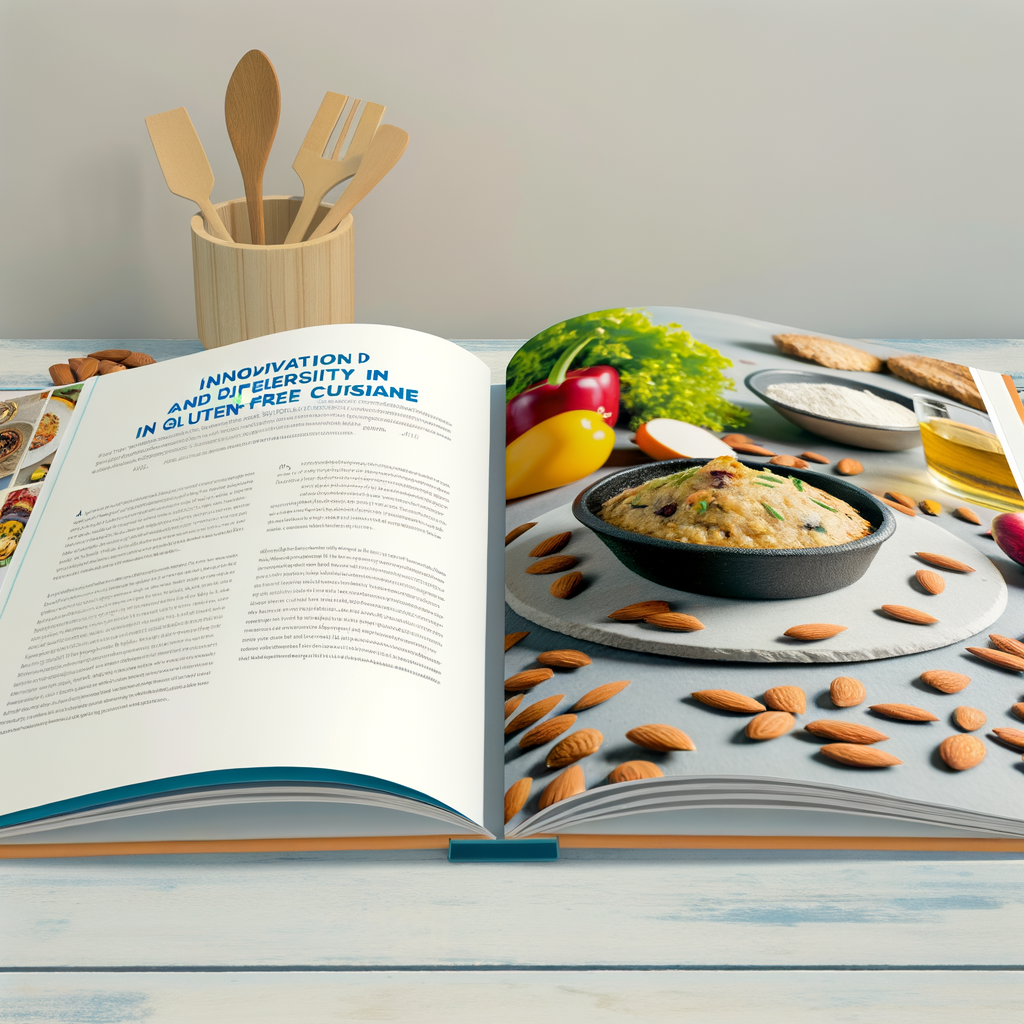As a culinary expert, I am always looking for ways to adapt classic dishes to accommodate dietary preferences. With more and more people adopting a gluten-free lifestyle, it’s important for chefs to understand how to cater to this growing demand. Gluten-free diets have gained popularity in recent years due to the belief that it can improve overall health and digestive issues. However, it’s important to note that not everyone needs to follow a gluten-free diet. It is only necessary for those with celiac disease or a gluten intolerance.
When it comes to cooking gluten-free, it’s all about finding alternative ingredients to replace wheat, barley, and rye. Thankfully, the market now offers a wide range of gluten-free flours and products such as almond flour, coconut flour, and gluten-free pasta. It’s also important to pay attention to cross-contamination in the kitchen, as even small traces of gluten can trigger a reaction in those with celiac disease.
Although it may seem challenging at first, cooking gluten-free can actually open up a whole new world of flavors and ingredients. It forces us to be creative and think outside the box, resulting in unique and delicious dishes. And for those who do not have a gluten intolerance, incorporating more gluten-free meals into their diet can still be beneficial as it encourages a more diverse and balanced diet.
In conclusion, as a chef, it’s important to understand and accommodate dietary preferences such as gluten-free. By staying informed and being creative in the kitchen, we can continue to provide delicious and inclusive meals for all of our guests.





